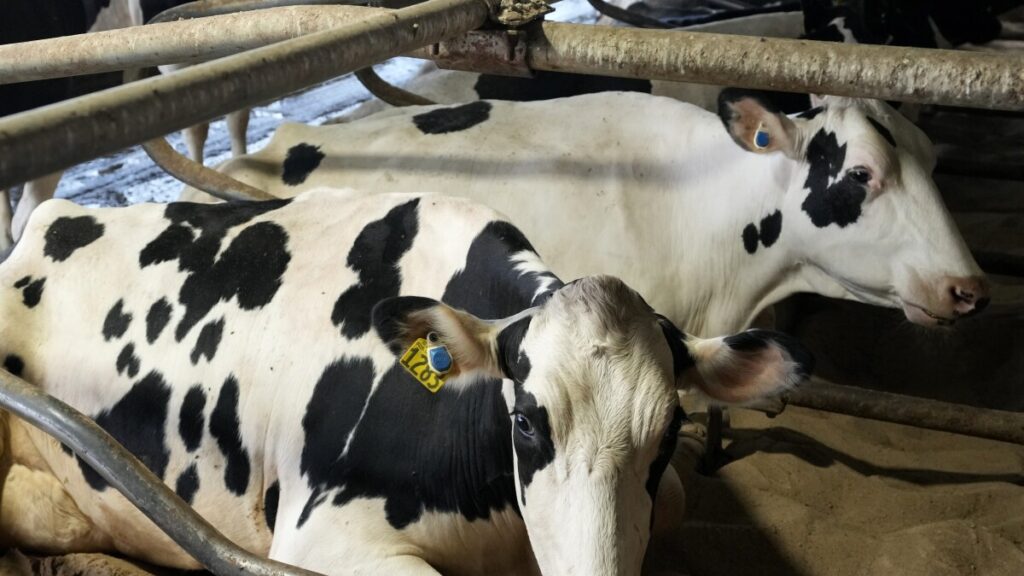
The recent emergence of avian influenza in dairy cattle across the U.S. has alarmed scientists, even those who have been monitoring the global outbreak of the virus in recent years.
Richard Webby, a virologist at St Jude Children’s Research Hospital, acknowledges the multitude of uncertainties surrounding the situation.
Key questions linger: How prevalent is the virus among dairy cattle, and what implications does this hold for human health? Answers to these queries remain elusive.
The first instances of the H5N1 bird flu strain surfaced in North America among wild migratory birds in late 2021 before spreading to poultry farms. Now, cases have been reported among dairy cows and at a major egg producer, with one individual contracting the virus after close contact with infected cows.
This outbreak differs from previous ones, affecting numerous wild bird species and enduring longer. Additionally, the virus has been detected more frequently in mammals, both in the wild and on farms, resulting in a surge of infections and fatalities.
Despite these developments, federal officials and scientists emphasize that the risk to the public remains low.
Genetic sequencing of the virus from infected cattle has revealed “minor changes,” according to Richard Webby, indicating no immediate cause for alarm regarding significant mutations.
Angie Rasmussen, a virologist at the Vaccine and Infectious Disease Organization, underscores that while these mutations occurred during transmission from cows to humans, there is no evidence to suggest heightened transmissibility or severity.
Instances of human-to-human transmission of bird flu, particularly this strain of H5N1, are exceedingly rare. Despite sporadic human infections, no documented cases of human-to-human spread have been reported during this outbreak.
The recent case in Texas serves as a reminder of the importance of direct exposure to sick animals in contracting the virus.
Cows appear to be transmitting the virus among themselves, although fatalities are not common. Nevertheless, concerns persist regarding sustained transmission between mammals, which could facilitate the acquisition of mutations conducive to mammalian hosts.
Louise Moncla, a virologist at the University of Pennsylvania, highlights the unusual nature of this outbreak, as cows typically contract a different type of influenza.
Amid the ongoing outbreak, federal health officials emphasize preparedness, including the availability of vaccines developed for earlier strains of H5N1, which could be adapted if human-to-human spread occurs.
Dr. Wilbur Chen of the University of Maryland’s School of Medicine suggests leveraging mRNA technology to develop new vaccines, while Dr. Ashish Jha of Brown University’s school of public health urges cautious preparedness, given the low likelihood of widespread human transmission.
Overall, while the situation warrants vigilance, immediate mass vaccination efforts are deemed unnecessary at this juncture.